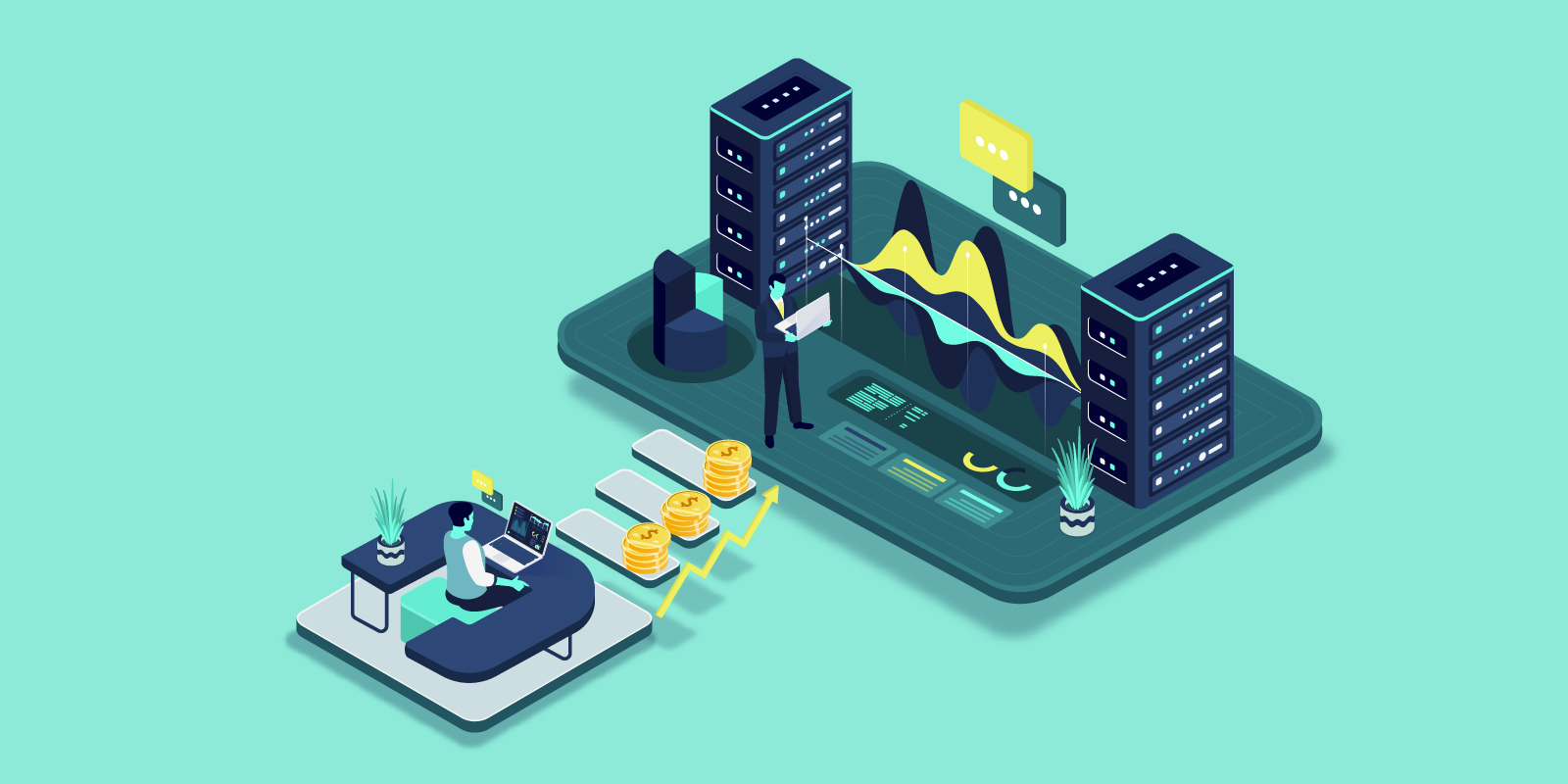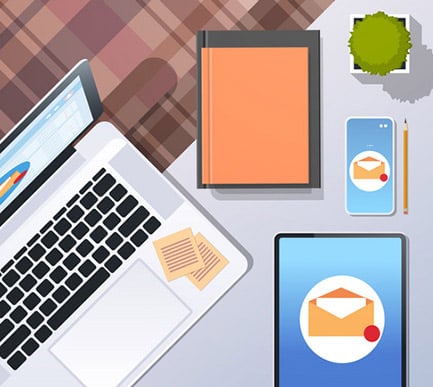In today’s world where consumerism is rife and ‘buy now, pay later’ plans are an integral part of most transactions, an enterprise’s approach towards debt collection is essential in maintaining relationships, safeguarding the average lifetime value (LTV) of a customer and sustaining financial health.
According to Statista, the average debt per adult in Europe in 2019 is a staggering $24,000 [21.860€], while the number of unpaid invoices has seen a sharp increase amid the coronavirus pandemic. Across Europe, consumers are struggling to keep up with payments and businesses are facing insolvency issues due to inevitable declines in revenue and delayed payment.
On top of this, consumers have wised up to the usual dunning processes. They have their own preferences for where and when they like to communicate and are progressively phasing out conventional communication channels. A letter through the door often misses the mark or can end up buried under a pile of papers and calls from unknown numbers offering no flexible payment option can be ignored. Customers demand a personalised, friction free way of settling debts which is aligned with the modern, digital world we live in.
Leveraging quality enterprise software for collections can contribute to the financial health of a business through enabling data-driven decision-making regarding lending and loans, while improving its efficiency and accessibility.
In this article, we delve into these benefits in greater detail and explore the way it can revolutionise the way enterprises operate in the upcoming years.
Key benefits of enterprise software for collections
- You can automate revenue processes by offering payment page options and accepting credit card payments to eliminate the frustration endured with call queues and demanding letters.
- Software offers a centralised location to work, which removes complex cross system accounting nightmares and streamlines processes.
- Using software, AI, and automation to attain valuable data on customers will help you identify future payment complications before they occur and recognise what communications channel to use.
- Innovative debt collections software is scalable and adaptable to grow with your enterprise and can adjust to your way of working to minimise disruption while maximising efficiency.
1. You can automate revenue processes
An automated revenue recovery process helps you minimise revenue lost to failed transactions and bad debt. When invoices become overdue, businesses often find it harder to collect as they become older. Automating payment processes by accepting credit cards and other payment options and setting up quick pay landing pages will increase the level of ease for customers.
They’ll no longer have to sit through long call queues during working hours or manually type in a link included on a letter. Customers want a quick solution and a psychological need for agency and control. They want to feel like they have the freedom to manage their finances and don’t have to go through lengthy processes when they are in a position to make a payment.
In McKinsey’s guide on behavioural insights and innovative treatment in collections, it even reveals how customers commonly ignore calls from collectors by making use of caller ID. Again, this shows a customer's need for an automated, self-serve solution which gives them the power to take action, anytime, and on their own terms. This is particularly important for enterprises with a subscription model who are unable to collect monthly payments via credit cards or spend a vast amount of resources chasing customers every month.
2. You can centralise debt collections
The next way debt collections software can drastically improve processes is the level of integration and centralisation it brings to a collections strategy.
There are many different types of debt within an enterprise, which can create complicated processes. For example, you may have several customers in debt with different departments or for certain services. When you apply this to an enterprise with 250-2,000 employees, including regional buyers who deal with their own sales and accounts, it leaves a complex paper trail.
Debt collections software centralises all these accounts in one place and enables you to create a more efficient system. You’ll also benefit from having all data accessible in one place, being able to develop centralised governance focusing on decision-making and overseeing receivables, easily consolidate debts and eradicate redundant activities.
3. It can help mitigate debt problems before they arise
Before an account enters the collections cycle, debt collections software can use artificial intelligence and behavioural insights to score customers and recognise potential risks.
For instance, using digital marketing KPIs, the software can identify customers who have been ignoring or slow to open emails and text messages sent at the start of the customer journey. This suggests that there might be some issues further down the line which will require a tailored approach.
Having this kind of insight is a powerful tool to have in your arsenal, as it gives you the capacity to personalise the customer journey, depending on an individual’s unique circumstances. So, before the customer even enters the collections cycle, you can use a common nudge, such as an early payment discount option to incentivise customers to settle their balance earlier than the due date.
You may even use the data presented to change the tone of your communications and the channel you use. A powerful example of this is to use reciprocity, whereby you offer a good-will gesture like the waiving of payment due dates and contrast the status quo by comparing what your competitors would do in the circumstance.
Financial hardship and busy lifestyles are a normal part of the modern world, so revealing potential credit risks and problematic behaviours before they arise gives you the power to use data and technology to your advantage to create a rich, positive customer experience.
4. It enables you to deploy the most effective communications strategies
As mentioned before, collating the data into one system, while harnessing artificial intelligence and the latest behavioural insights, will put you in a position to drive customer engagement by using the right communication channel. Further, with this data you will be able to test multiple channels in parallel, optimising in real-time for the best strategies.
Contact channels and timing is integral when you want to cut through the noise. Some customers may respond better to emails, while others might like simple SMS reminders a couple of days before a payment is due.
Gaining a deeper understanding of each customer and their circumstances through software implementation will drastically enhance the thought process behind every sent email or SMS and ultimately, increase payments.
5. It’s scalable and adaptable
One of the most important elements of improving collections is having the ability to be adaptable. You need software that has the scalability to grow with your enterprise’s needs.
As you start to implement various touch-points in the collections journey, you need the tools to test its efficiency and make necessary alterations.
Innovative debt collection software for enterprises will not only collate data and pinpoint potential payment problems in a matter of seconds before they arise, but it’ll also work in a way where it will minimise conflicts without any additional effort.
Having this level of scalability to grow and the adaptability to seamlessly integrate is a real positive for productivity rates and determining the effectiveness of a collections process.
Choosing the right debt collection enterprise software
If you’re interested in leveraging enterprise software in your debt collections strategy, it’s essential that you pick the right one for your business.
Things to consider:
- Proposed features – the software needs to meet your needs. Investing in one that doesn’t make it easy to customise dunning documents and communications before sending should be avoided. While you want to use debt collection software to automate the process, it’s also important to speak to customers like humans and not robots. Personalisation is everything.
- Integration – you don’t want software incapable of integrating seamlessly with your current CRM and accounting systems.
- Accessibility – to give your customers the complete freedom to pay when they want, you need debt collection software that’s accessible 24 hours a day, 7 days a week, 365 days a year.
- Pricing – before you commit to a software provider, work out how much budget you have to play with and always speak to someone directly at the provider. It’s vital that you get the best value, but the highest quality solution. Some of the best providers offer service model packages, so you can test the water before upgrading.
- Usefulness – with every debt collection software solution, you’ll find a series of features. However, you must not be blinded by unnecessary ones. Evaluate the features that really matter to your employees and your customers. Usability and efficiency are the two key elements of any effective debt collections strategy. So, you don’t want to waste your time and money investing in an extensive solution which you can only run at half capacity.
- Ease of use - make sure to pick a provider who offers a solution that is not only easy to implement but can just as easily be used by your employees. There is no real benefit to be had if the users of the software can’t use it or need significant time to learn how to use the solution. Also important in this regard is post-implementation support. You need a provider who will keep your software up-to-date and be available to support you when technical issues arise.
For more information about collections software, take a look at our handy guide where you’ll find some of the most frequently asked questions answered. Or if you want to see if our platform is a right fit for your enterprise, schedule a free demo with us today.






